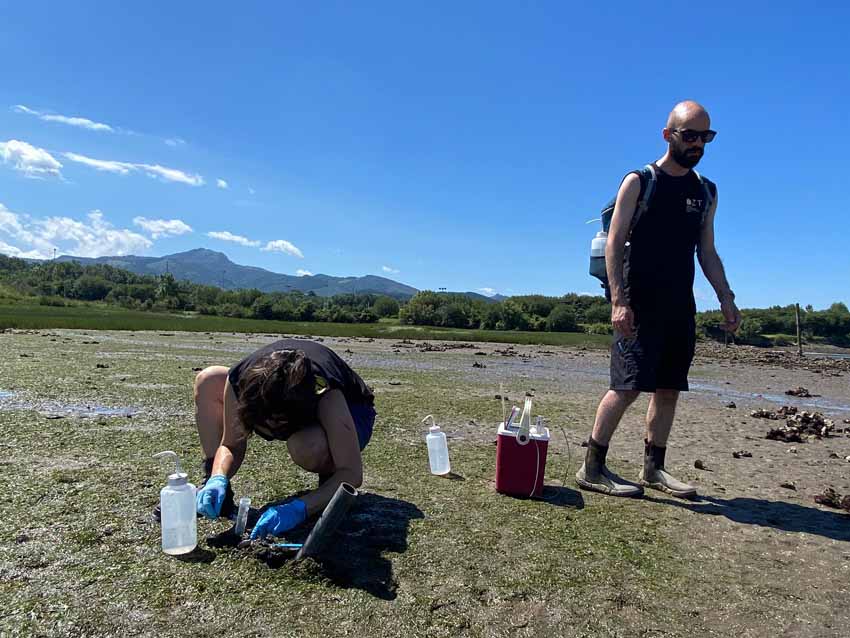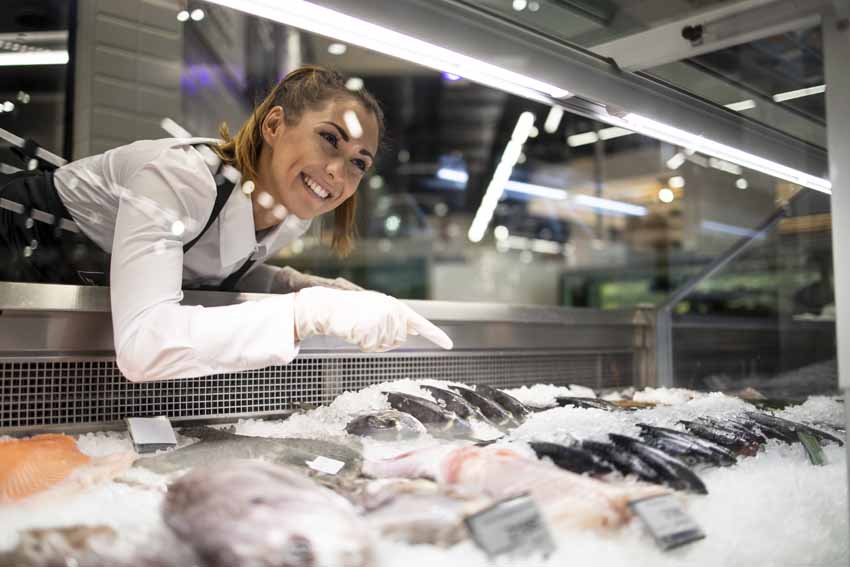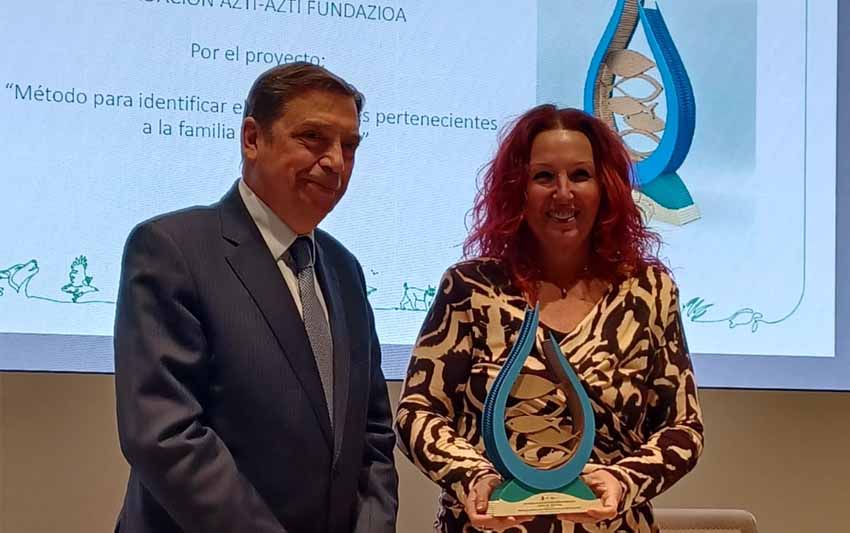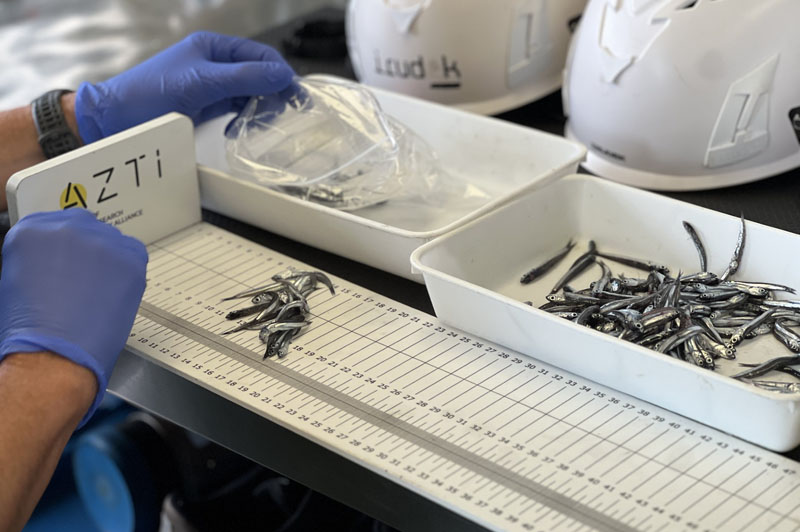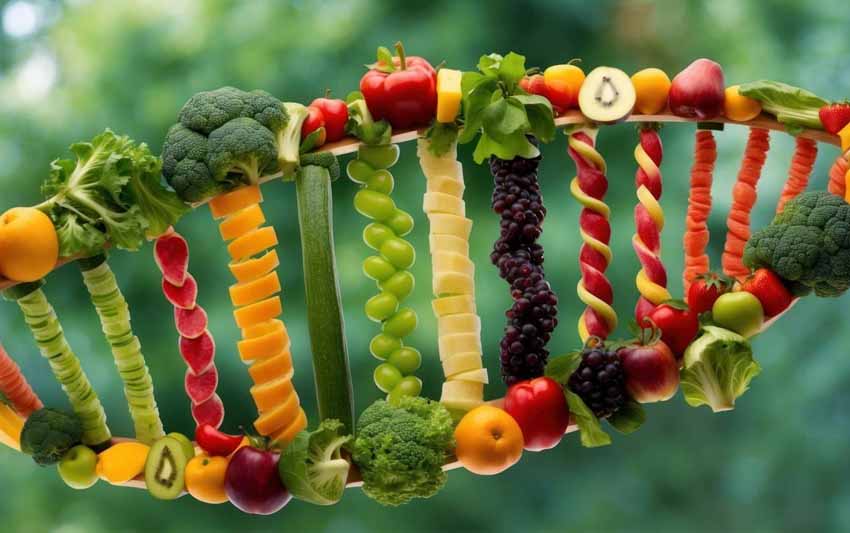The scientific study BIOMAN 2024 estimates the biomass of anchovy in the Bay of Biscay at 143,000 tonnes: above the historical average
Últimas noticias
A pioneering genetic catalogue reveals hidden biodiversity in Basque estuary sediments
Uhinak Technical Committee Sets the Key Points for the 7th International Congress on Climate Change and the Coast
“We fishermen are the ones who earn the least”
- The annual scientific tracking campaign, BIOMAN 2024, estimates it to be ‘well above’ the historical average.
- The final figure will be obtained at the end of the year with the joint analysis of the data from the fishing catches and the JUVENA and PELGAS campaigns.
- Research work financed by the Basque Government and the European Commission, with the collaboration of the General Secretariat for Fisheries, essential to guarantee the sustainability of the species.
Pasaia, 13 July 2024. Anchovy, one of the sea’s most important resources for fishing and the economy, remains in good health. The provisional results of the scientific campaign called ‘BIOMAN’ estimated the biomass of this species in the Bay of Biscay at 143,000 tonnes, records that are well above the historical average.
‘The data compiled by AZTI, a scientific centre that develops high-impact transformation studies and projects for the Basque Government with organisations aligned with the United Nations 2030 SDGs, ensure the sustainability of the resource, as they far exceed the figure of 21,000 tonnes that marks the biological limit of the stock. Moreover, the recent data far exceeds the historical average of 80,000 tonnes that this campaign has documented since its inception in 1987,’ says Amaia Barredo, Minister of Food, Rural Development, Agriculture and Fisheries of the Basque Government.
‘This is excellent news that highlights the value of the commitment we have made for years to environmental sustainability, especially on the part of the Basque fishing sector,
a resource that employs more than 3,500 people in the Basque Country’, emphasises the Councillor.
‘These figures secure next season’s inshore fishing. These are very positive results, and to have a definitive biomass estimate and be able to advise managers, we will have to wait until the end of the year, when we have the data obtained from the other campaigns and the catches of the fishing fleet’, emphasises Amaia Barredo.

JUVENA”, a campaign also led by the Basque technology centre AZTI, will determine the abundance and distribution of juvenile anchovy – less than one year old – and “PELGAS”, an action coordinated by the French institute Ifremer, will provide information on the state of the anchovy population and the functioning of its ecosystem in the French Atlantic.
This analysis will be carried out in Madrid within the framework of the ICES (International Council for the Exploration of the Sea) working group on anchovy, sardine and horse mackerel, and its conclusions will be fundamental in advising on the setting of TACs (Total Allowable Catch) for the year 2025.
With this complete analysis, we will know more precisely how many of the anchovy born this spring will become juveniles in the autumn, which depends on various environmental and ecosystem factors such as temperature, food availability and predators,” adds Barredo.
This campaign has been possible thanks to the financial support of the Department of Food, Rural Development, Agriculture and Fisheries of the Basque Government and the European Commission, which committed to it almost four decades ago. In addition, the collaboration of the General Secretariat of Fisheries of the Ministry of Agriculture, Fisheries and Food, which has provided the use of its oceanographic vessels, ‘Emma Bardán’ and ‘Vizconde de Eza’, has been fundamental.
Sustainability of the seas
As usual since 2016, the BIOMAN 2024 campaign has been carried out with an ecosystemic approach with the aim of achieving an integrated management of the environment and living resources that promotes conservation and sustainable use in an equitable manner.
Thus, apart from the estimation of the biomass of the species, focus has been placed on other factors such as the biomass of sardine, anchovy food, the presence, abundance and behaviour of predators and other marine organisms, oceanographic conditions, human activities and marine litter.
